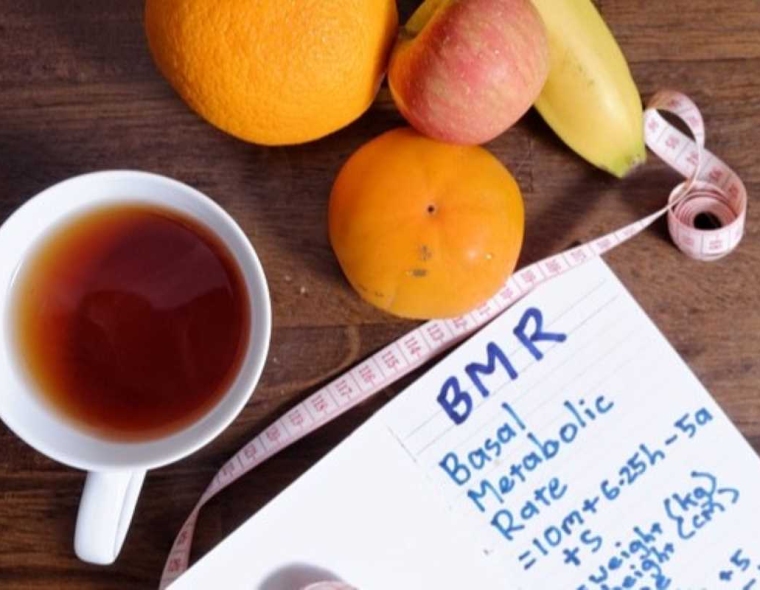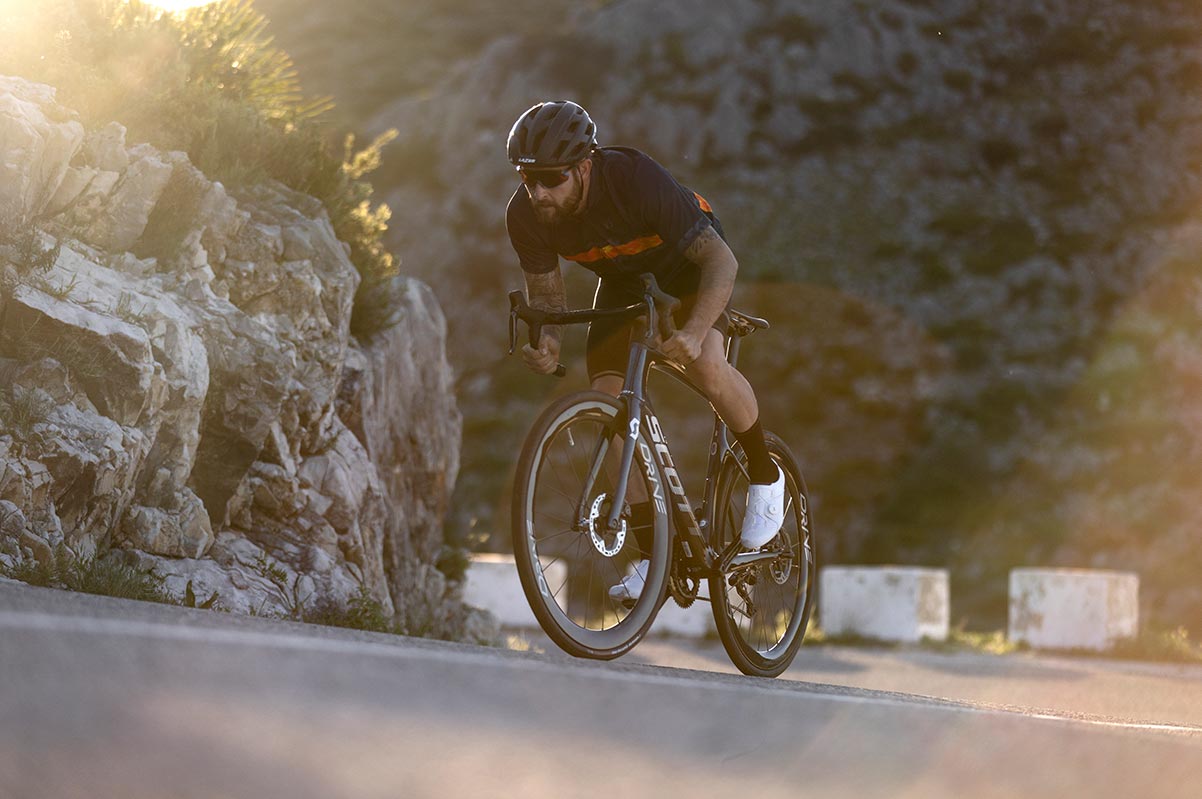
Saving Weight
Overcoming Gravity
For climbing, the most important force to overcome is that of gravity. This is different than flat riding, where reducing aerodynamic drag is the most important. The steeper the gradient, the less important aerodynamics is, and the more important weight, or lack thereof, becomes.
Losing Weight
While many people will focus a lot of attention on the weight of their bike, by far the most important place to save weight is your own body. More money and upgraded parts can save between a few hundred grams to a few kilograms off a bike, though a proper diet, exercise, and other lifestyle factors for most people can save a lot more.
Upgrading
The biggest weight savings on a bike come down to the wheels. For many riders, upgrading to lightweight carbon wheels can save a lot of weight. Elitewheels’ Drive series rim brake road wheels start at just 1255 grams for the pair, while the Drive series disc brake road wheels start at just 1260 grams. A wheel upgrade can save up to a kilogram of weight, as many entry-level road bikes come with aluminum wheelsets that can weigh over 2kg. Buying a new wheelset can drastically lighten a bicycle.
Getting Aero
It isn’t Just for the Flats
While it is no question that aerodynamics plays a big role in flat riding as well as in descents, many tend to ignore its impact when climbing. In fact, no matter the riding you do, there will be some aerodynamic drag. The faster you go, the more significant it will be. A rider who doubles his or her speed will encounter four times the aerodynamic drag. Depending on fitness, weight, and the gradient of a climb, speeds attained can vary significantly. On climbs, most riders will ride at speeds between 5-30kph depending on many factors.
Finding Aero Gains Elsewhere
It is true that the rider, the riding position, and the clothing make the biggest difference when it comes to overcoming aerodynamic drag. The next most important thing is not the frame, but the wheels. It has been shown in multiple tests that wheel aerodynamics can improve the speed at which one climbs at most gradients. Elitewheels’ Drive wheels manage to not only be light, but also aero, giving one an advantage on the climbs as well as the flats.
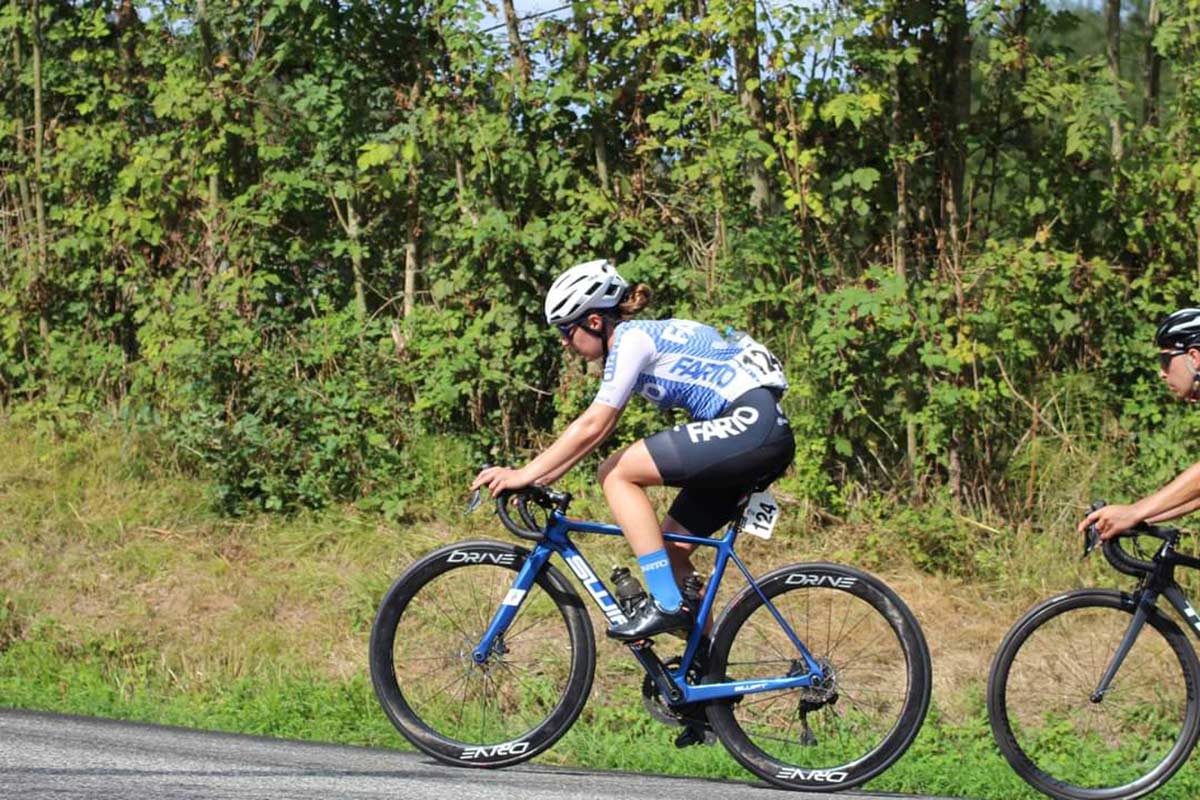
Drafting and Getting Paced
Ride with Those Who are Fitter
Just like on the flats, drafting on a climb does have a positive effect. While climbing puts more emphasis on weight, drafting can save a rider seconds or even minutes on long climbs. It can help a rider to save energy and keep motivated. Having people who are fitter to ride with can help you improve your fitness.
Less Distractions
There is also a psychological benefit to being paced. All you have to focus on is the person pacing you. There is no need to look at your head unit, and you are less likely to give up as there you are not alone.
Increasing Power
Not Every Climb is the Same
While it is true that losing weight off your bike and body is important, it is equally as important to increase your fitness. Different climbs have different lengths. Someone might be better on a short climb that would require a five minute effort. Others may do better on a longer climb requiring a one hour effort.
Follow a Plan
Regardless of the climb length you wish to ride, if you want to get a personal best, increasing your mileage and following a training plan specifically designed to increase your power is a good bet. Nowadays, power meters have become a common tool to help cyclists gauge their effort and improve their training.
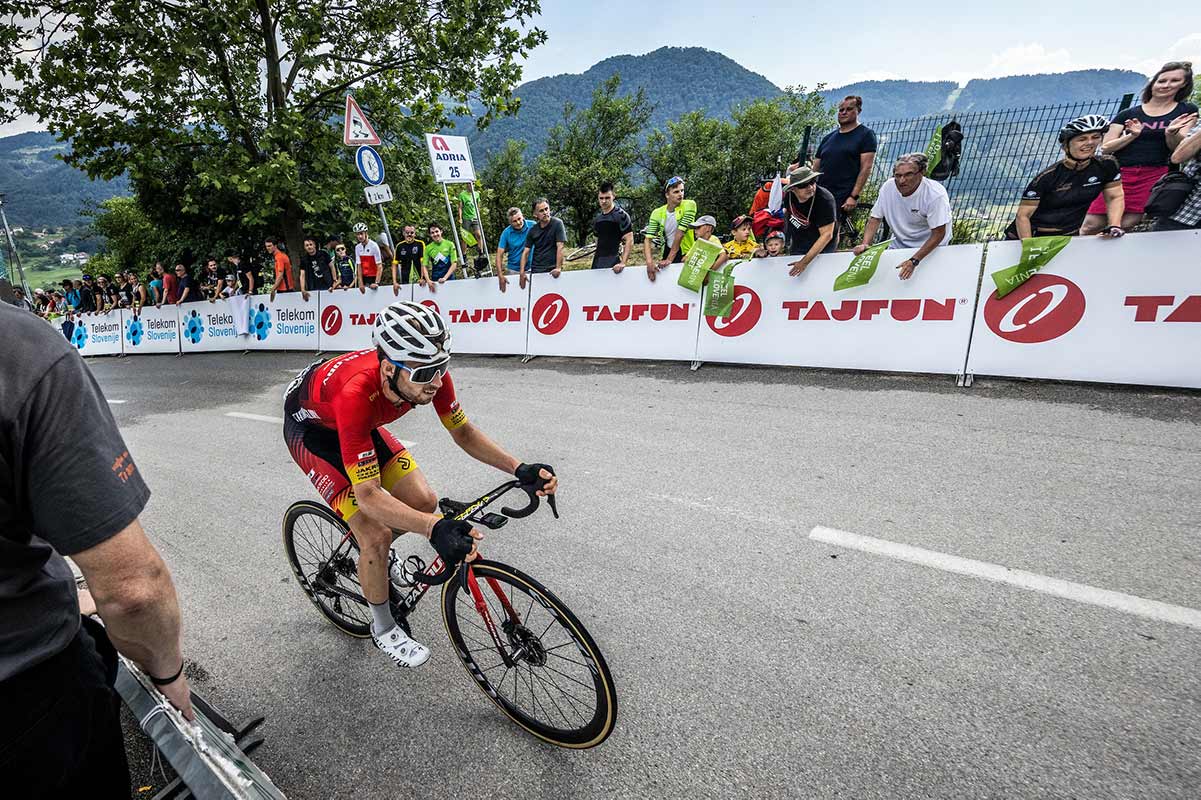
Pacing Yourself
Stay Consisent
Learning to pace yourself is essential when climbing or cycling in general. Constantly varying your power can cause one to get tired more easily. Also, when beginning a ride or hard effort, there is a tendency to go to fast initially, as there is less fatigue in the beginning.
Be Objective
It is recommended that you use a pacing tool, such as a power meter or even a heart rate monitor, though power meters are now the gold standard. Once you get used to using one, you will know roughly how much power you can hold for different durations and can follow this to pace yourself better up a climb.
Optimizing Cadence
There is No Magic Number
The debate on which cadence is optimal has been going on for a long time. In general, the higher the cadence you have, the more you are taxing your cardiovascular system. A lower cadence at the same power taxes your muscles more. People will have their own personal preference, though there tends to be a range that it is recommended to stay in.
Stay in the Right Range
For easy efforts, having a lower cadence is fine, as one isn’t exerting themselves. For hard efforts many riders feel most comfortable at between 80-100 cadence, with some even going above that, especially if the effort is shorter. It is important to choose the right gearing on your bicycle to match your fitness level as well as the terrain you ride in. Having too low of a cadence on a climb can increase fatigue.
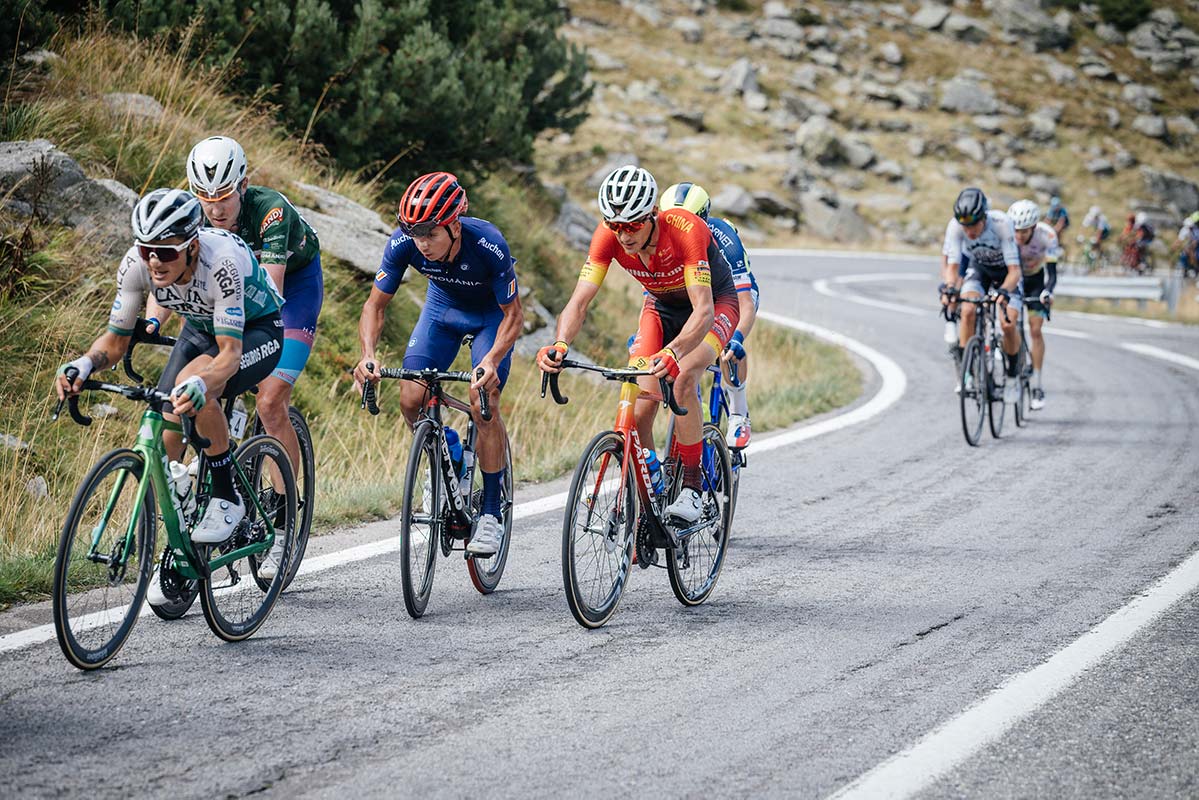
Getting in the Right Cycling position
Cycling position is largely a personal preference, but it can make a big difference in some occasions. Typically the more aero, aka aggressive, the position you have, the faster you will go, though it can impair your power. For climbing, many riders prefer the hoods or the bartops.
Get Aero
Riding in the drops serves very little purpose when climbing. When riding on a steeper climb, the riding position is less important. When one is riding on a flatter climb, they can try to achieve a more aero position, such as riding on the hoods with bent elbows, assuring that one’s forearms are parallel to the road. This has been shown to be more aero than holding onto the drops.
Change Your Position
There is also a debate into whether it is best to ride in our out of the saddle on climbs. This is largely a personal preference. Out of the saddle riding can help a rider to increase power, but it can be more fatiguing as well as less aero. Riding in the saddle is less fatiguing and more aero. For most riders, it is best to alternate between the two, spending most of the time in the saddle.



